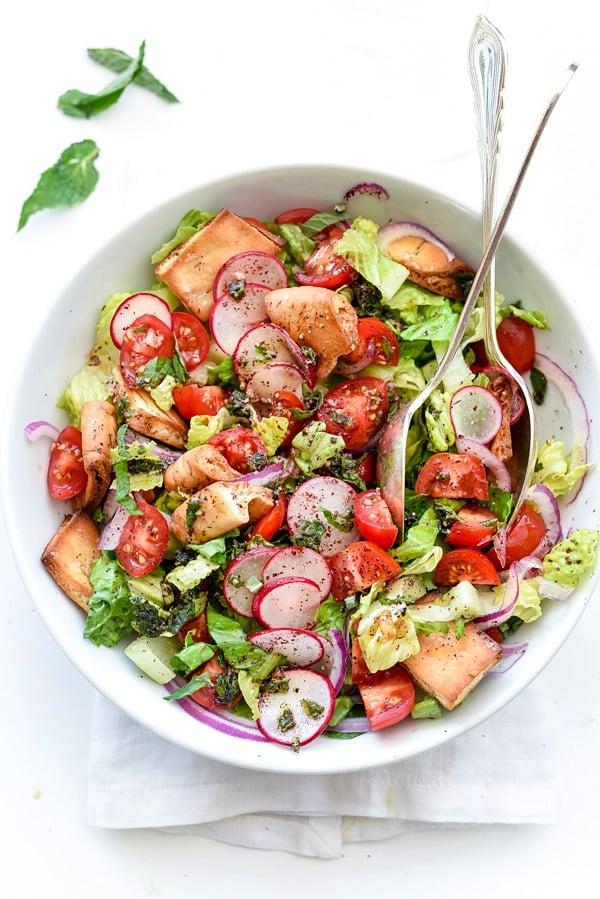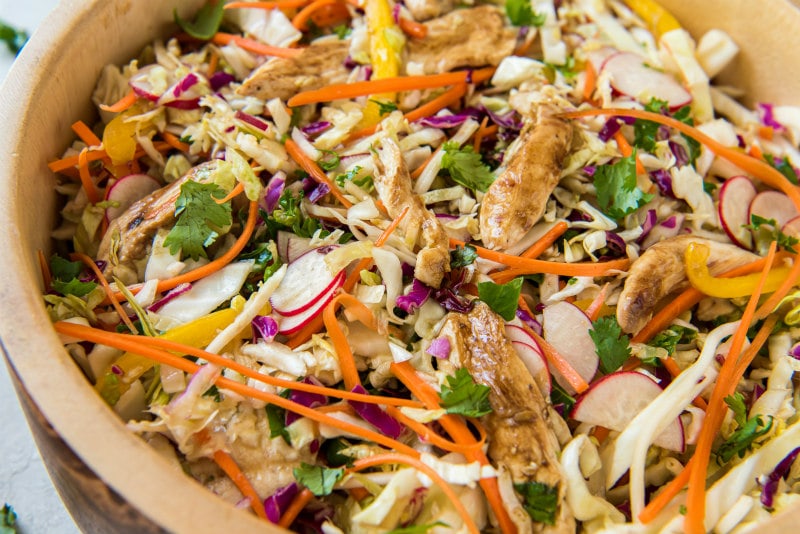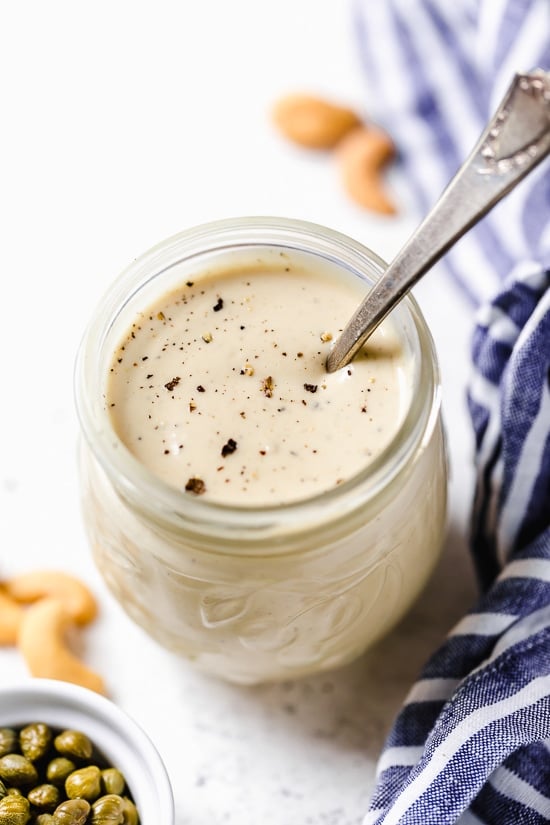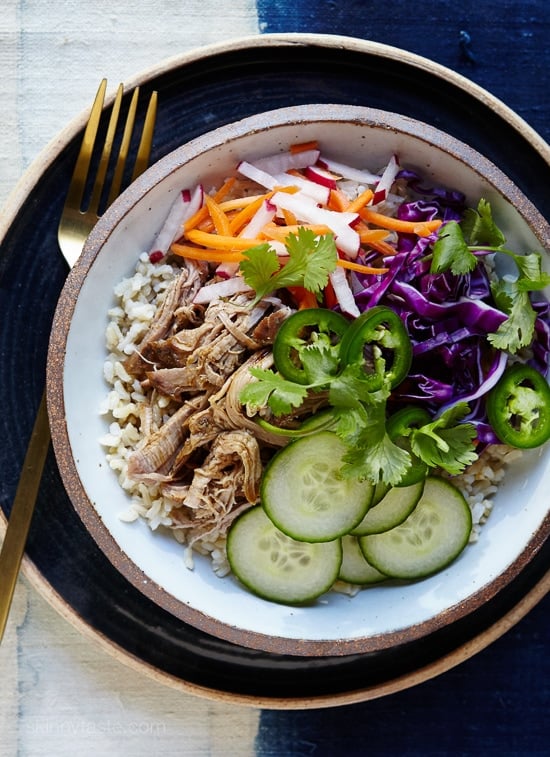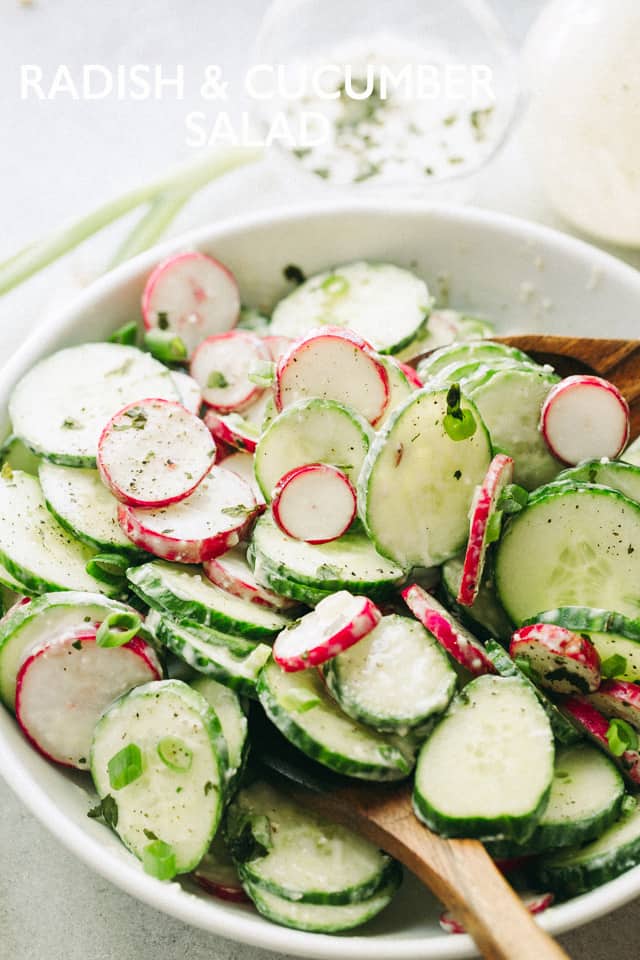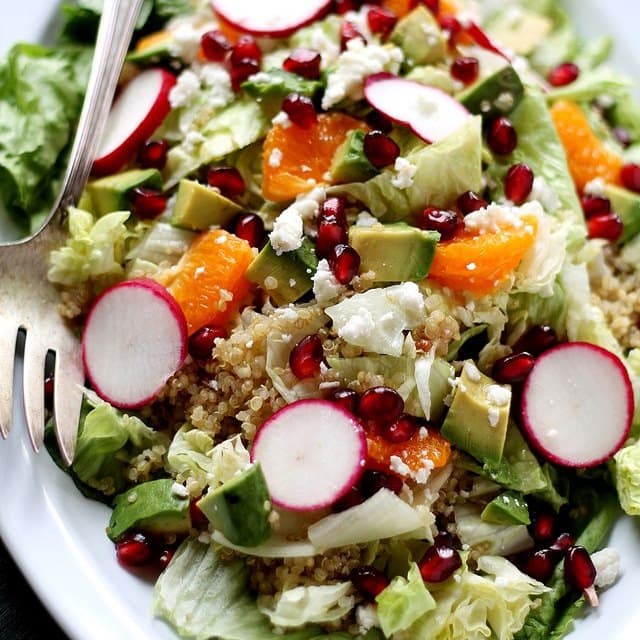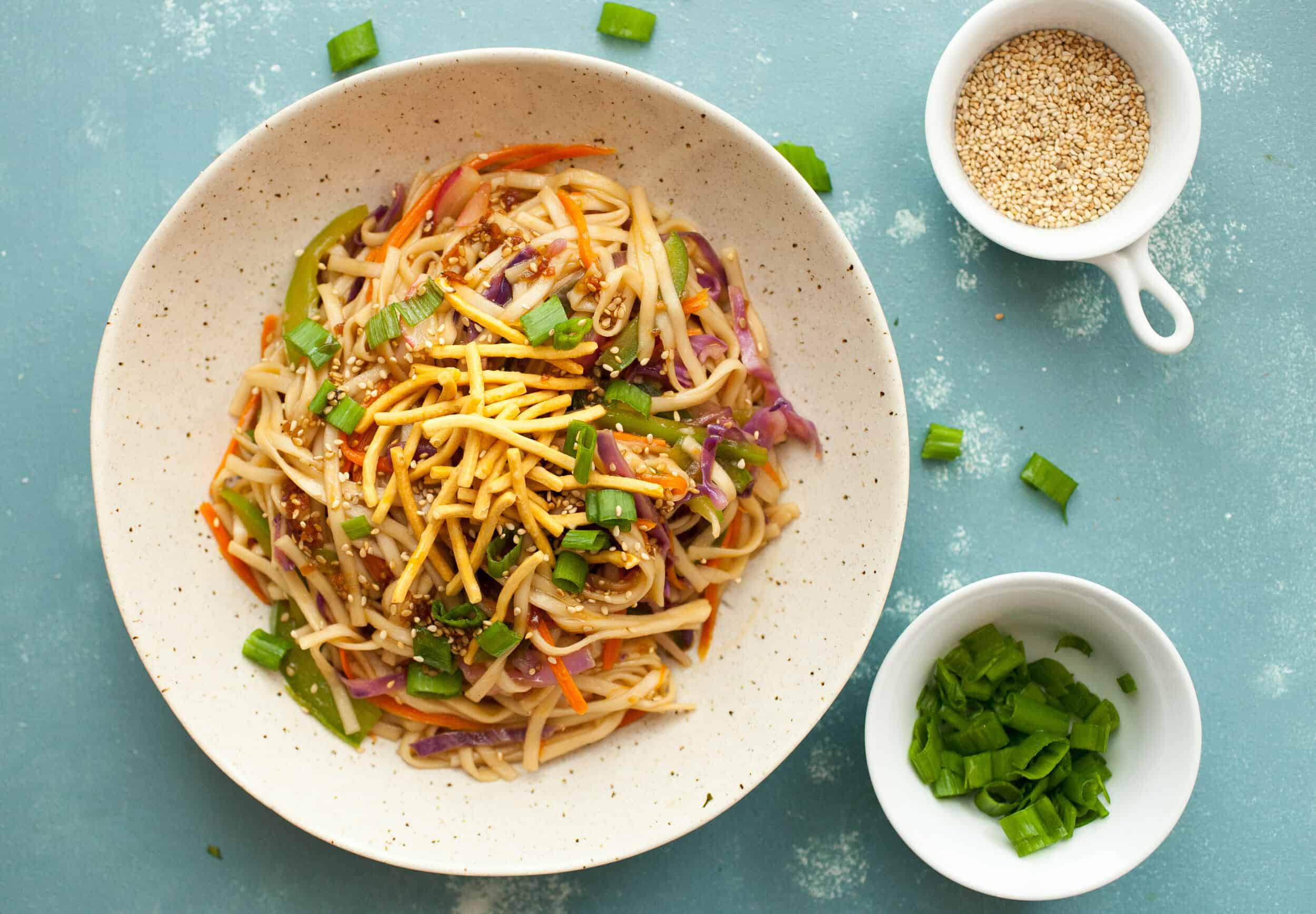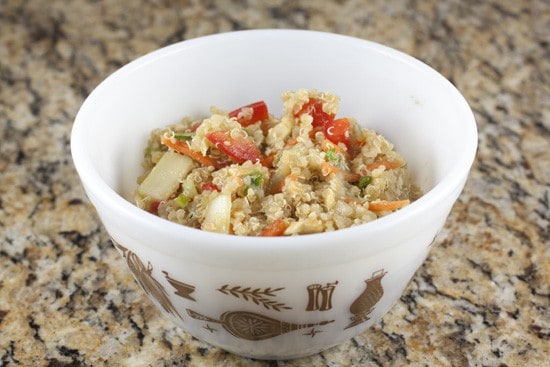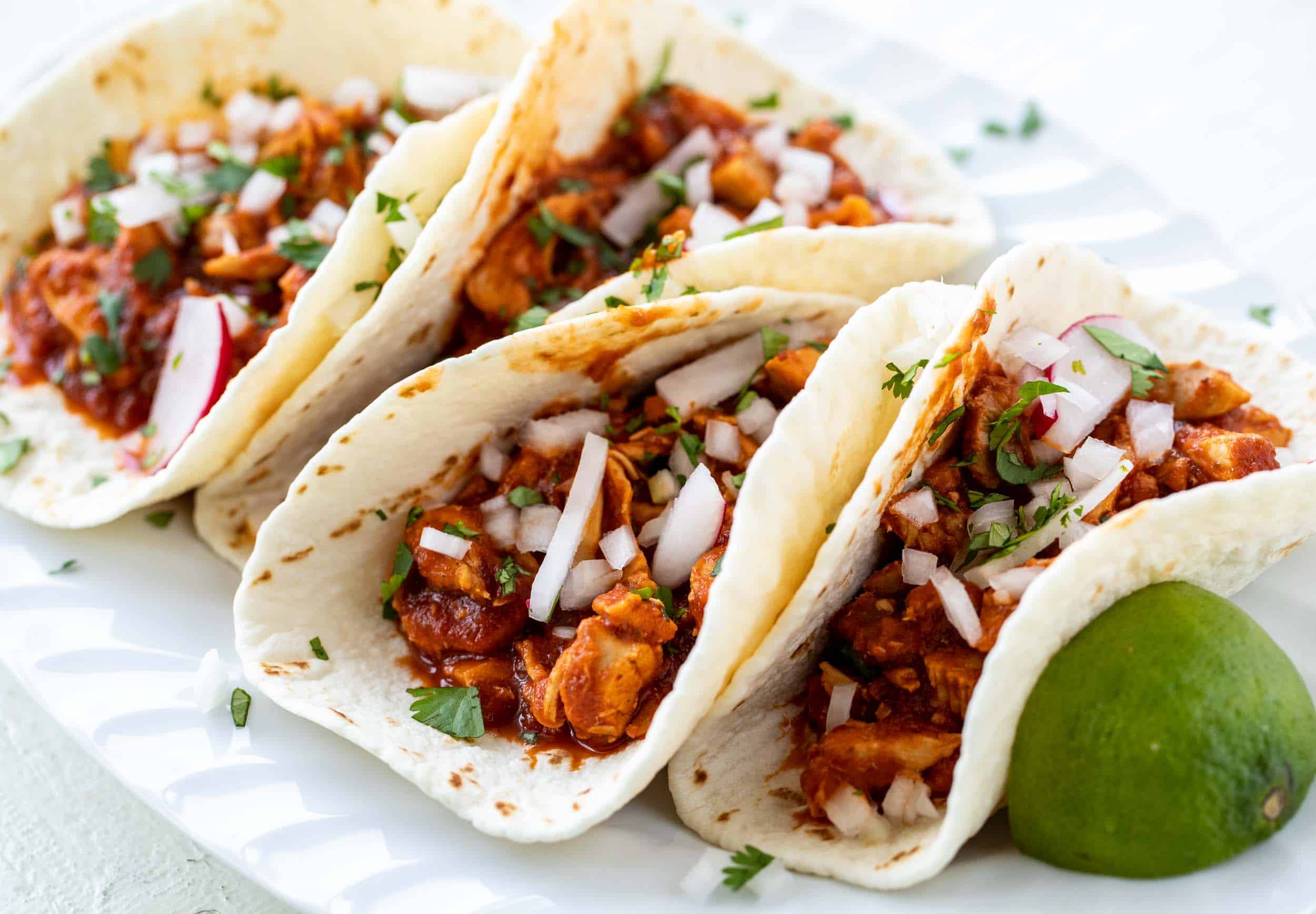Radishes: Important Facts, Health Benefits, and Recipes
Explore the health benefits, history, and culinary uses of radishes in our ultimate guide, and learn how to incorporate this vibrant, nutrient-rich vegetable into your diet.
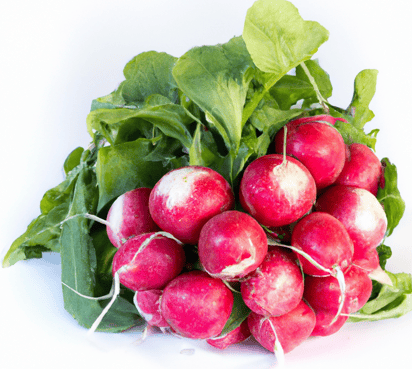
Nutritional Facts
1 medium
Amount per serving
Calories
0.7
Carbohydrates
0.2 g
Fat
0 g
Protein
0 g
Saturated Fat
0 g
Sodium
1.8 mg
Fiber
0.1 g
Sugar
0.1 g
Best Radishes Recipes
-

-
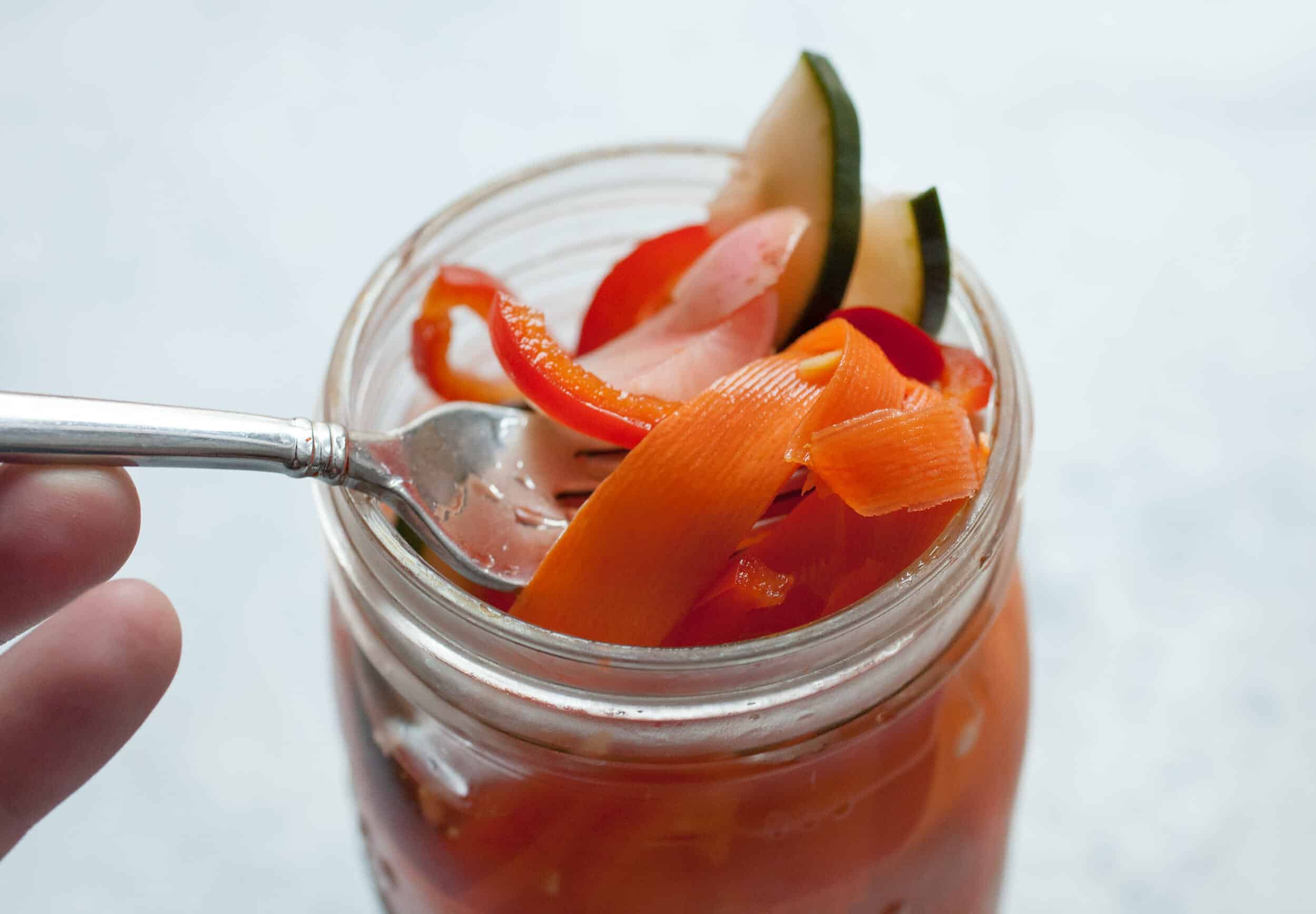
-

-

-

-

-

-

-
![Red Bliss Potato Salad Image]()
-
![Chipotle Hummus Avocado Sandwich Image]()
-
![Summer Vegetable Salad Image]()
-
![Perfect Spring Salad Image]()
-
![Veggie Sheet Pan Nachos Image]()
-
![Rainbow Vegetable Sandwich Image]()
-
![Spring Quinoa Bowl Image]()
-
![Easy Chilaquiles with Eggs Image]()
-
![Chopped Mexican Kale Salad and Better Blog Retreat 2016 Image]()
-
![Korean Beef Bulgogi Bowls Recipe Image]()
-
![Mango and Avocado Salad With Raspberry Ginger Dressing Image]()
-
![The Best Fattoush Salad Image]()
-
![Chinese Grilled Chicken Salad Image]()
-
![Vegan Caesar Salad Image]()
-
![How To Setup an Easy Bagel Bar Brunch Image]()
-
![Seared Tuna Salad with Wasabi Butter Sauce Image]()
-
![Slow-Cooker Banh Mi Rice Bowls Image]()
-
![Hummus Avocado Toast Image]()
-
![Miami Avocado Crab Toast Image]()
-
![Grilled Chicken Tacos with Lettuce Slaw, Avocado and Cotija Image]()
-
![Avocado, Radish and Goat Cheese Polish Sausage Image]()
-
![Pozole Verde Shrimp Soup + Video Image]()
-
![Baja Yellowtail Tostadas Image]()
-
![Citrus Pepper and Celery Salad Image]()
-
![Charred Corn & Poblano Black Bean Nachos Image]()
-
![Radish and Cucumber Salad with Garlic-Yogurt Dressing Image]()
-
![Pomegranate Citrus Quinoa Salad and Cranberry Pomegranate Vinaigrette Image]()
-
![BBQ Chicken Nachos Image]()
-
![Ricotta Rainbow Veggie Toasts Image]()
-
![Crispy Chickpea Bacon Ranch Salad Image]()
-
![Teriyaki Rainbow Noodles Image]()
-
![Grilled Steak and Corn Salad Image]()
-
![Apple Cider Farro Bowls with Chicken Meatballs Image]()
-
![Rainbow Quinoa Salad Image]()
-
![Big Veg Bagel Sandwiches Image]()
-
![Steak and Potato Salad Image]()
-
![Grilled Tofu Lettuce Wraps Image]()
-
![Asian Quinoa Salad Image]()
-
![Chipotle Chicken Tacos Image]()
-
![Crunchy Veggie Cream Cheese Image]()













